ABCD is a square where each side is a uniform wire of resistance 1Ω. A point E lies on CD such that if a uniform wire of resistance 1Ω is connected across AE and constant potential difference is applied across A and C, then B and E are equipotential. Then,
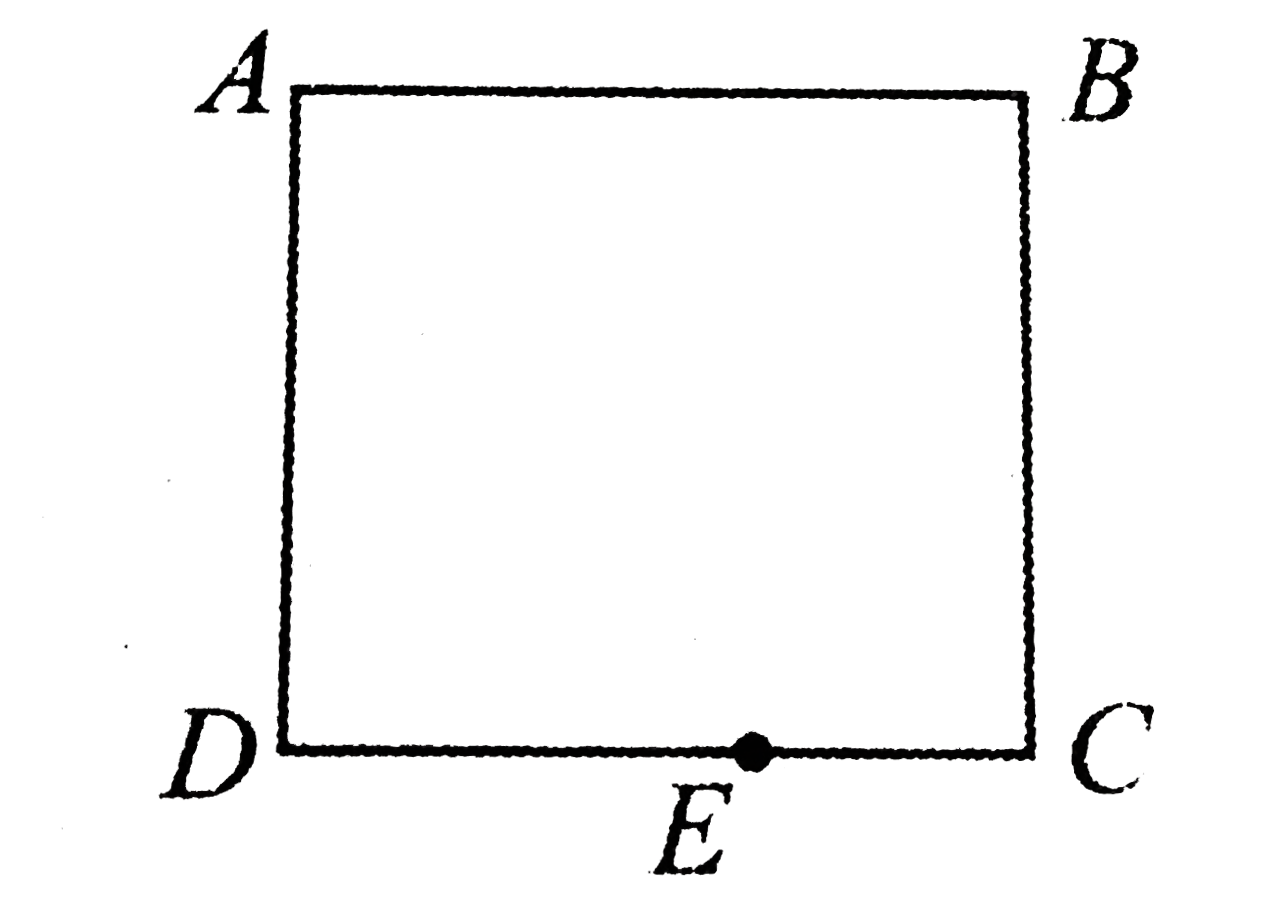
The correct Answer is:CE:CD=√2:1
Step by step video, text & image solution for ABCD is a square where each side is a uniform wire of resistance 1Omega. A point E lies on CD such that if a uniform wire of resistance 1Omega is connected across AE and constant potential difference is applied across A and C, then B and E are equipotential. Then, by Physics experts to help you in doubts & scoring excellent marks in Class 12 exams.
Topper's Solved these Questions
- BOOK - RESONANCECHAPTER - CURRENT ELECTRICITYEXERCISE - Exercise-1 (Part-2)49videos
CURRENT ELECTRICITY
- BOOK - RESONANCECHAPTER - CURRENT ELECTRICITYEXERCISE - Exercise-1 (Part-3)2videos
CURRENT ELECTRICITY
- BOOK - RESONANCECHAPTER - CURRENT ELECTRICITYEXERCISE - Solued miscellaneous Prolblems8videos
CURRENT ELECTRICITY
- BOOK - RESONANCECHAPTER - COMMUNICATION SYSTEMSEXERCISE - Exercise 313videos
COMMUNICATION SYSTEMS
- BOOK - RESONANCECHAPTER - DAILY PRACTICE PROBLEMEXERCISE - DPP.No.711videos
DAILY PRACTICE PROBLEM
Similar Questions
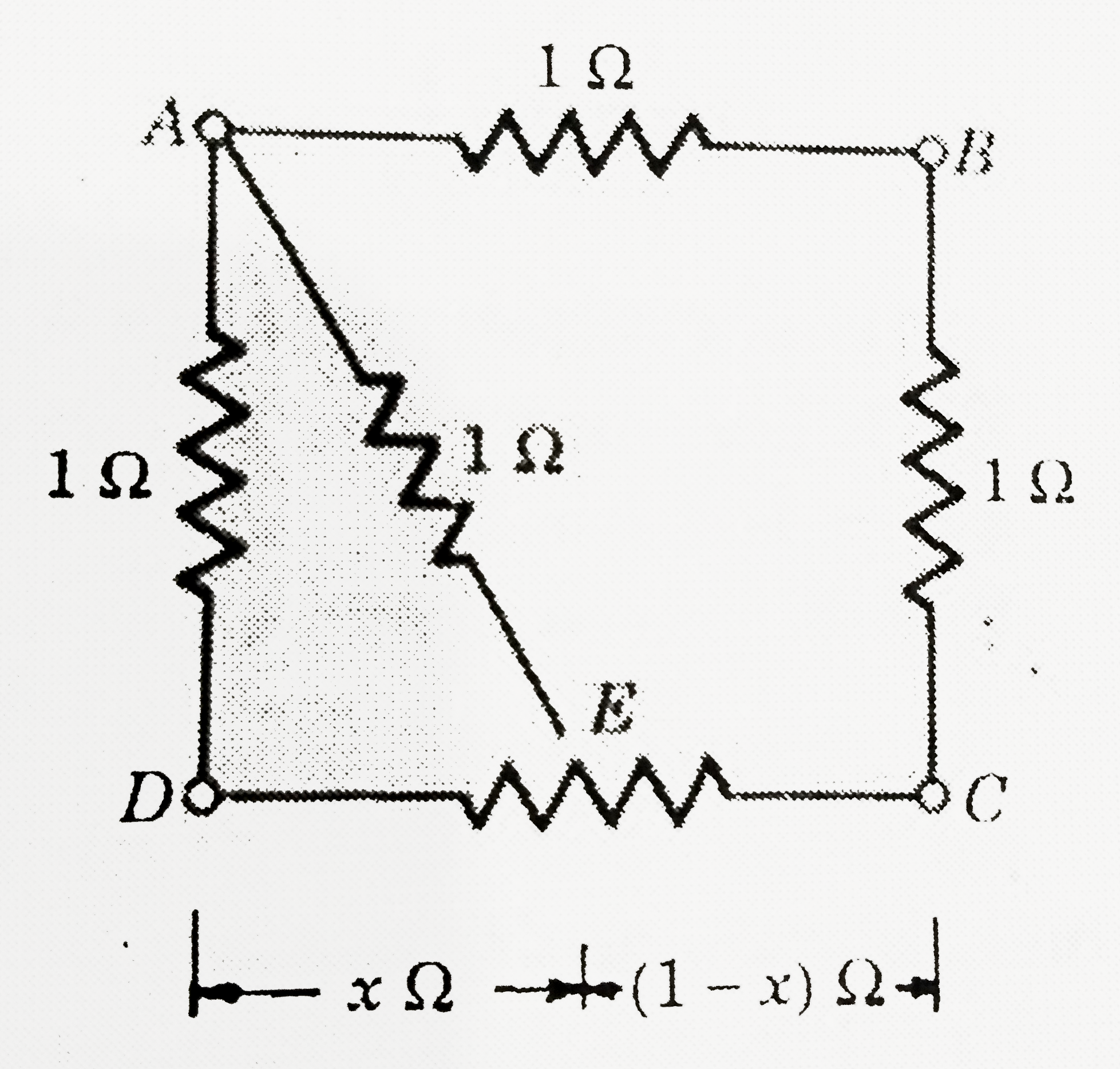
In figure. ABCD is a square where side is a uniform wire of resistance 1Ω. Find the a point E on CD such that if a uniform wire of resistance 1Ω is connected across AE and a constant potential differene is applied across A and C the points B and E are equipotential.View Solution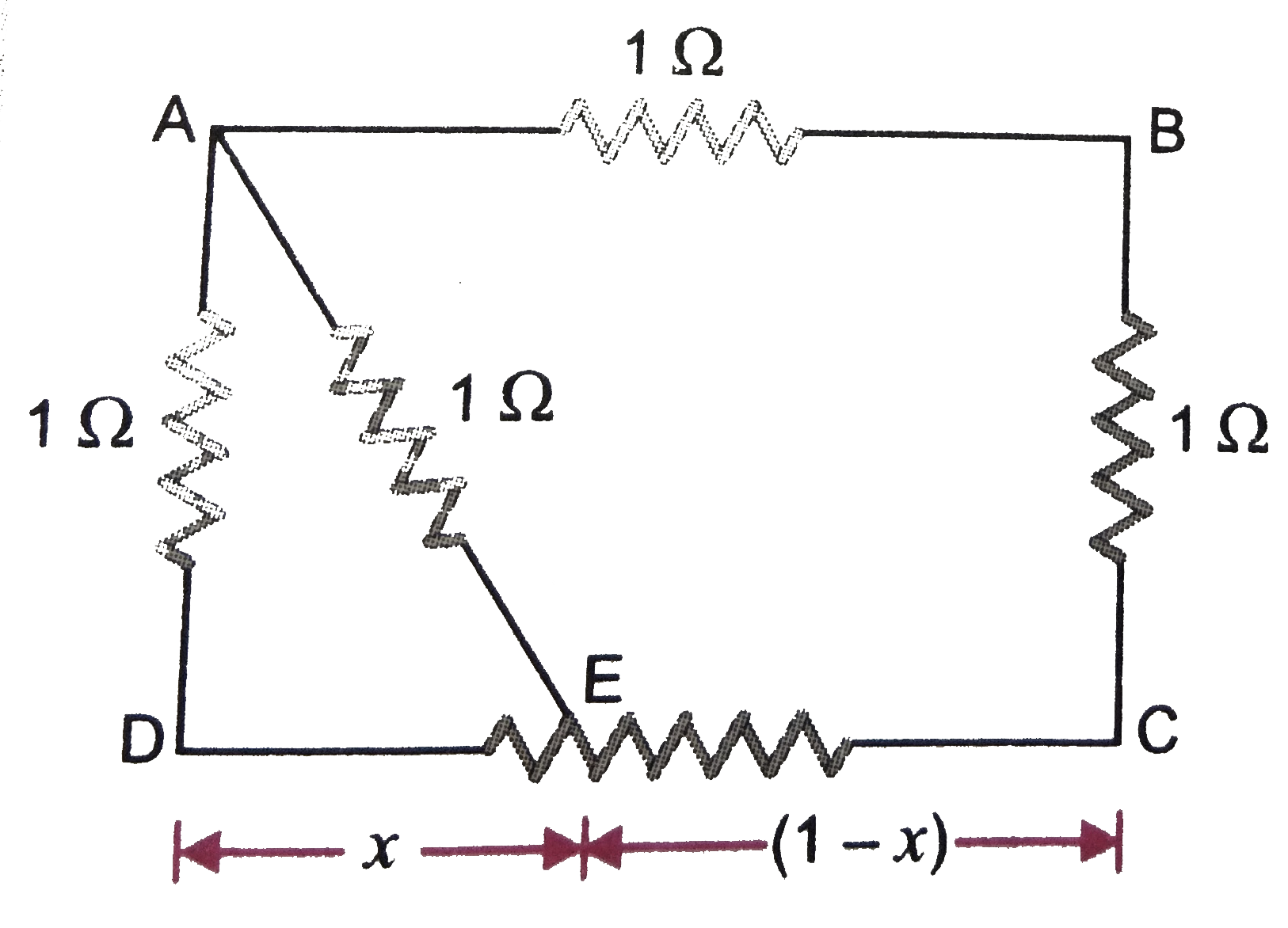
ABCD is a square where each side is a uniform wire of resistance 1Ω. Find a point E on CD such that if a uniform wire of resistance 1Ω is connected across AE and a constant potential is applied across A and C, the points B and E will be equipotential.View Solution
Knowledge Check
- Question 1 - Select One
A coil of wire of resistance 50Ω is embedded in a block of ice. If a potential difference of 210 V is applied across the coil, the amount of ice melted per second will be
A4.12gmB4.12kgC3.68kgD2.625gm - Question 2 - Select One
A uniform wire of resistance 36Ω is bent in the form of a circle. The effective resistance across the points A and B is
 A5ΩB15ΩC7.2ΩD30Ω
A5ΩB15ΩC7.2ΩD30Ω - Question 3 - Select One
A uniform wire of resistance 18Ω is bent in the form of a circle. The effective resistance across the points a and b is
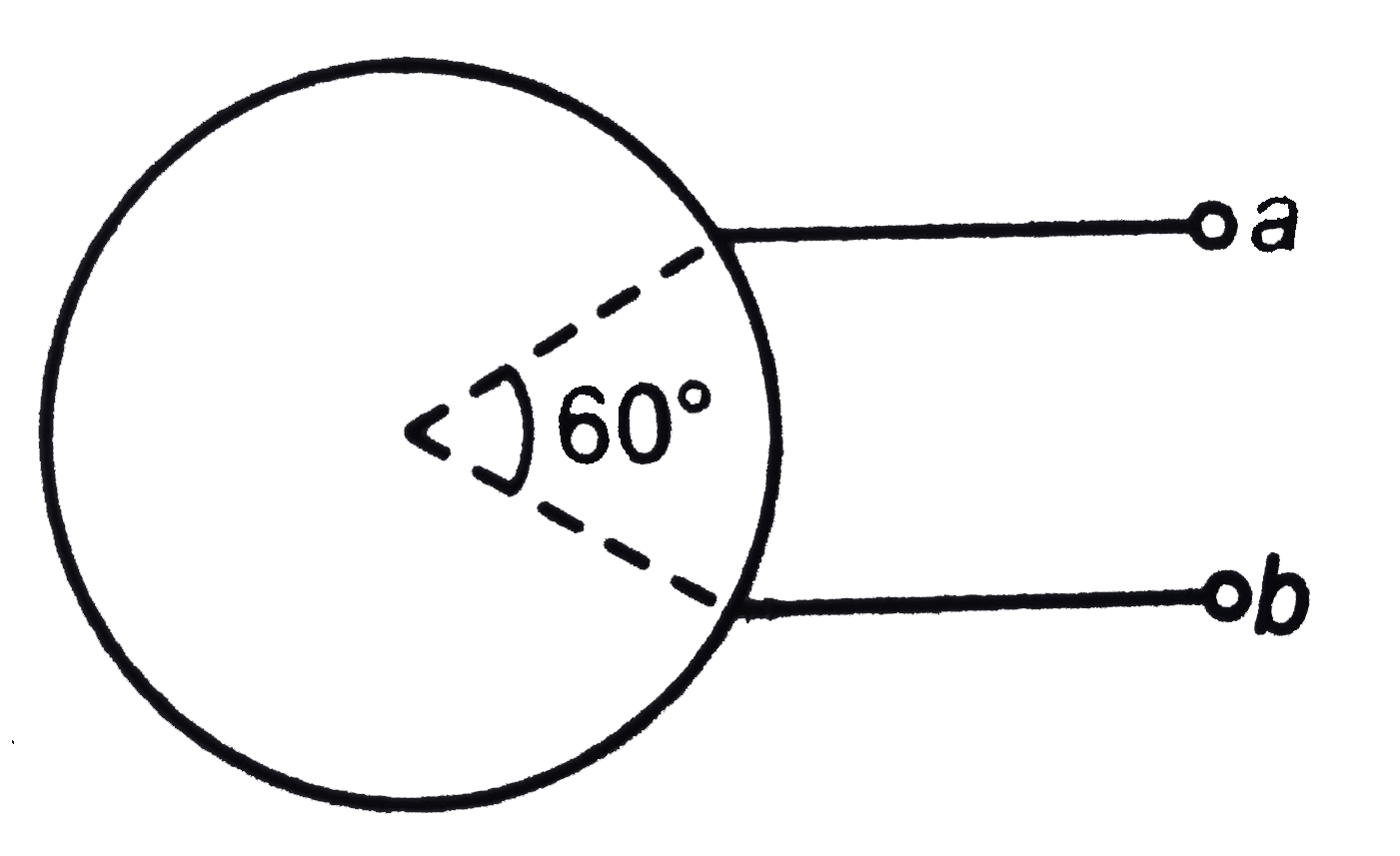 A3ΩB2ΩC2.5ΩD6Ω
A3ΩB2ΩC2.5ΩD6Ω
Find potential difference across the resistance 300 Ω in A and B.
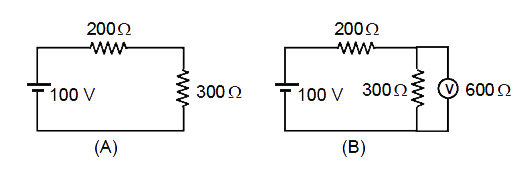 View Solution
View SolutionIf a wire of resistance 20Ω is covered with ice and a voltage of 210V is applied across the wire , then the rate of melting of ice is
View SolutionWhat will be the heat produced each second in a 4Ω resistance connected across a potential difference of 20V?
View SolutionWhat will be the heat produced each second in a 4Ω resistance connected across a potential difference of 20V?
View SolutionA uniform wire os resistance 12Ω is bent to form a circle. Effective resistance across two diametrically opposite points is
View Solution

